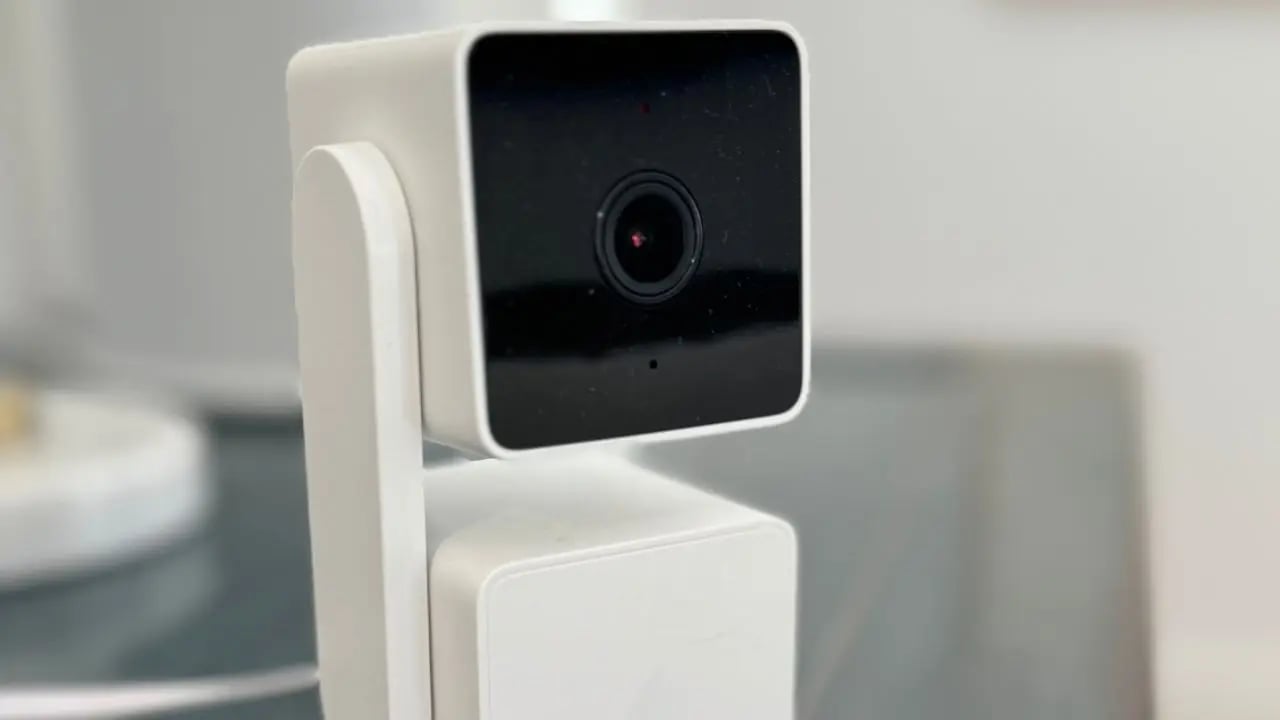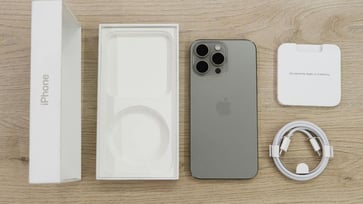When selecting a security camera, there are 10 crucial factors to take into account.
A comprehensive guide to selecting the ideal security camera for your home or business

Choosing the right home security camera can be overwhelming with the vast array of options available, each featuring unique benefits and ideal for safeguarding your property, especially when you're away on vacation.
To help you make an informed decision when choosing a security camera, we wanted to emphasize the essential features to consider, taking into account your specific needs and budget.
To ensure your home is secure even when you're away, it's essential to understand the various types of security cameras available.

Indoor security cameras
Indoor security cameras are intended to monitor the interior of your home or business. A diverse array of indoor security cameras are available, each with unique characteristics. Some cameras include built-in microphones for audio recording, while others feature a wide-angle lens for comprehensive coverage of large rooms.
While some indoor cameras are equipped with infrared night vision for low-light conditions, others include a remote viewing app for monitoring your security camera anytime.

Outdoor security cameras
While outdoor cameras are typically more expensive than indoor ones, they are constructed with weather-resistant materials and are fully waterproofed. They also come with a variety of features, just like their indoor counterparts.
Outdoor cameras come with various features such as motion-activated recording and two-way audio for communication. Doorbell cameras are a common example of these cameras used daily.

Features to look for in an indoor or outdoor camera
When deciding on an indoor or outdoor camera, it's important to consider key features when selecting a security camera.
1. Resolution
To capture clear and detailed images, we recommend purchasing a camera with a minimum resolution of 720p, 1080p, or 4K.
2. Field of view
A wide-angle lens is recommended for purchasing a security camera, as it offers a broader coverage area. I discovered the importance of placing the camera at a height that is out of reach but low enough to capture faces after an intruder wearing a hoodie went unnoticed by my cameras, which were mounted too high.
3. Night vision
It's advisable to choose a security camera with night vision for clear footage in low-light outdoor conditions.
4. Motion detection
Motion sensors in cameras can notify you of movement and conserve storage space by recording only essential footage.
5. Audio
Using a camera with two-way audio, you can communicate with visitors through it.
6. Storage
When deciding on storage for recorded footage, you must choose between local storage (SD Cards or DVR) or cloud storage. Cloud storage offers more storage capacity, while SD cards are better suited for offline or localized access.

7. Connectivity
Remote viewing and control of cameras can be achieved through mobile apps and web interfaces with cameras that have Wi-Fi or Ethernet connectivity.
8. Weatherproofing
When selecting an outdoor camera, it is advisable to opt for one with an IP65 or IP66 weather rating.
9. Smart features
I have installed cameras at our home that have additional features such as facial recognition, integration with other smart home systems, and customizable alert zones. These cameras are set up to alert us when an unexpected person is detected outside in areas not open to the public.
10. Brand reputation and customer support
Choose a security camera from a reliable brand with a reputation for producing high-quality products and excellent customer service.

Kurt's key takeaways
The peace of mind and protection that home security cameras offer is priceless. Whether you're safeguarding your indoor or outdoor space, the right camera can make all the difference. With features such as high-resolution imaging and smart connectivity, modern security cameras are more than just a watchful eye; they're a guardian designed to fit your lifestyle. So, take a moment to assess your space, consider the features that matter most to you, and choose a security solution that will keep you and your loved ones safe. And if you ever feel overwhelmed, remember that experts like those at Vivint are just a call away, ready to guide you to the perfect security solution.
What are your top priorities for home security, and how do you imagine the ideal security camera system improving your sense of safety? Please share your thoughts with us at Cyberguy.com/Contact.
To receive my tech tips and security alerts, sign up for my free CyberGuy Report Newsletter at Cyberguy.com/Newsletter.
Let us know what stories you'd like us to cover.
Follow Kurt on his social channels
Answers to the most asked CyberGuy questions:
Copyright 2024 CyberGuy.com. All rights reserved.
tech

15 things to do or try first when you get a new iPhone: 1. Set up your phone with your personal information and preferences. 2. Install your favorite apps and games. 3. Connect your phone to your Wi-Fi network and other devices. 4. Take a few photos and test out the camera. 5. Set up your email and other accounts. 6. Enable security features like Touch ID or Face ID. 7. Customize your phone's settings and appearance. 8. Explore the built-in features and apps on your phone. 9. Connect with friends and family on social media. 10. Set up reminders and alarms. 11. Use the phone's built-in voice assistant. 12. Download and install new apps from the App Store. 13. Set up your phone's screen time and parental controls. 14. Enable automatic updates for your apps and software. 15. Back up your important data to cloud storage or an external hard drive.
techYou might also like
- Five top home inventory apps to safeguard your property during an emergency
- Your smart home gadgets will soon receive a new security seal of approval.
- This year, save time, privacy, and money with these 10 tech upgrades.
- Is your Windows 11 PC frequently restarting? Let's resolve this annoying issue.
- Sony's entry into the electric vehicle market is a surprising move.


















